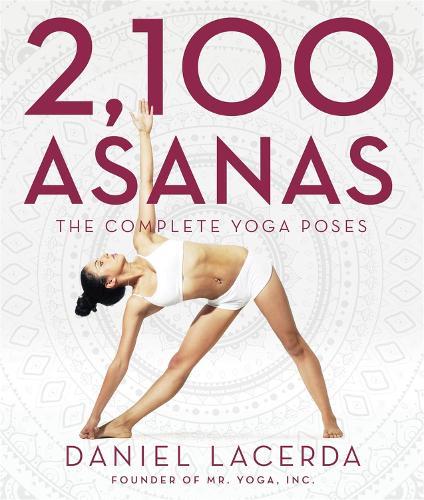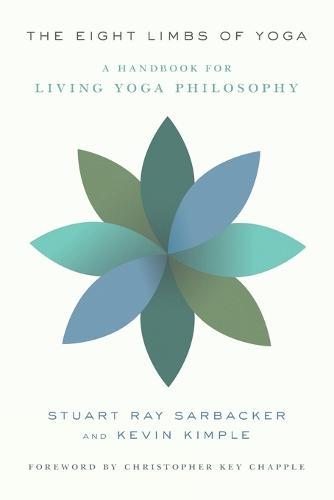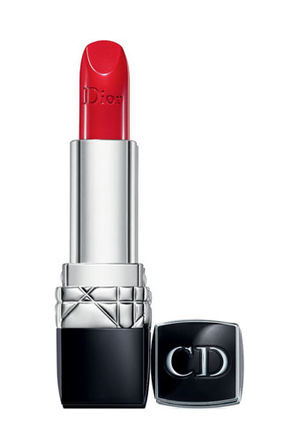Another instalment in my offering of delicious recipes to inspire you to enjoy preparing and making your own meals. What I love about recipes is that you can either follow them to the very nth degree or you can read them, consider, and add, subtract or manipulate the ingredients or the quantities to meet your own tastes.
These fabulous recipes from middle-eastern inspired new cookbook, Bazaar by Sabrina Ghayour, published by Hachette Australia, Hardback $39.99. Photography by Kris Kirkham.
These fabulous recipes from middle-eastern inspired new cookbook, Bazaar by Sabrina Ghayour, published by Hachette Australia, Hardback $39.99. Photography by Kris Kirkham.
CARROT, FENNEL SEED
& RED LENTIL SOUP
WITH LABNEH & SESAME OIL
2 teaspoons
fennel seeds
vegetable
oil or ghee
50g fresh
root ginger, peeled and finely
chopped or
grated
1 onion,
diced
500g
carrots, scrubbed and cut into
rough
chunks
2 fat
garlic cloves, roughly chopped
1 teaspoon
turmeric
2 litres
boiling water
juice of ó
lemon (about 2 tablespoons)
150g
uncooked red lentils
4
tablespoons labneh or thick
Greek
yogurt
4 teaspoons
sesame oil
Maldon sea
salt flakes and freshly
ground
black pepper
couple of
pinches of pul biber
chilli
flakes, to garnish
SERVES 4
Toast the
fennel seeds in a large, dry saucepan over a medium heat for
2 minutes,
then drizzle in a little vegetable oil or ghee and add the ginger
and onion.
Saut. until the onion begins to soften, without letting it brown.
Add the
carrot to the pan and stir-fry until the edges begin to soften.
Now add the
garlic, turmeric and a generous amount of salt and pepper
to the
saucepan and mix well. Pour over the boiling water, adjust the
heat to
bring the mixture to a simmer and simmer gently, without a lid,
for 45
minutes. Allow to cool slightly, then blitz the mixture using a handheld
blender or
transfer to a food processor or blender. Return the soup to
the pan if
necessary, adjust the seasoning, then stir in the lemon juice.
Set the pan
over a medium heat and stir in the red lentils. Simmer, stirring
occasionally,
for 30–40 minutes, or until the lentils are soft. If the soup
seems too
thick, blitz half the mixture using the hand-held blender,
food
processor or blender.
Divide the
soup between 4 bowls. Dollop 1 tablespoon of labneh into
each bowl
and drizzle 1 teaspoon of sesame oil over the top. Finish with
a
sprinkling of pul piber and serve.
COURGETTE, PEA
& SPINACH SALAD
WITH PRESERVED LEMON DRESSING
150g fresh
peas
50g pumpkin
seeds
2
courgettes, coarsely grated
150g baby
spinach leaves
For the
dressing
2 teaspoons
coriander seeds
4 preserved
lemons
4
tablespoons olive oil
freshly
ground black pepper
SERVES 4–6
Bring a
small saucepan of water to the boil, add the peas and blanch for
2 minutes.
Drain the peas and rinse them in cold water, then drain well
and set
aside.
Toast the
coriander seeds for the dressing in a dry frying pan over a medium
heat for
about 1 minute, until they release their aroma. Remove from the
heat,
transfer to a pestle and mortar and crush them lightly, grinding just
enough to
crack the seeds.
In the same
frying pan, toast the pumpkin seeds for 3–4 minutes, or until
they are
slightly charred around the edges and have some colour. Transfer to
a bowl and
set aside to cool.
To make the
dressing, you can either chop the preserved lemons very finely
and purée
them by hand using a pestle and mortar, or blitz them in a mini
blender.
Transfer them to a bowl, season with black pepper, stir in the olive
oil, then
the crushed coriander seeds and mix well (you won’t need salt, as
the
preserved lemons are already salty).
Put the
grated courgette, spinach leaves and the peas into a large mixing
bowl, pour
over the dressing and toss very lightly using your hands to coat
the leaves.
Arrange the dressed leaves on a large platter and scatter with the
roasted
pumpkin seeds. Serve immediately.
SWEET POTATO, COCONUT
& THYME BAKE
750g sweet
potatoes, peeled
2 fat
garlic cloves, thinly sliced
4–5 sprigs
of thyme, leaves picked
and roughly
chopped, reserving some
for garnish
400ml can
full-fat coconut milk
Maldon sea
salt flakes and freshly
ground
black pepper
SERVES 6–8
Preheat the
oven to 220ºC (200ºC fan), Gas Mark 7. Select a large baking
tray or
ovenproof dish about 26 x 20cm.
Using a
mandoline slicer or a food processor slicing attachment set to
a medium
thickness, thinly slice the sweet potatoes. Alternatively, thinly
slice by
hand.
Use
one-quarter of the sweet potatoes to create an overlapping layer in the
base of the
baking tray or dish. Distribute one-third of the garlic and thyme
over the
potato layer and season generously with salt and pepper. Repeat
this
layering process, finishing with a layer of sweet potato slices. Pour
over the
coconut milk, then gently press down on the contents of the dish
with a
spatula to compress, season with salt and pepper and sprinkle with
the
reserved thyme.
Bake for 20
minutes, then press down on the potato slices with the spatula
to submerge
them in the coconut milk. Return the dish to the oven and
bake for a
further 20–25 minutes. Serve immediately.
























